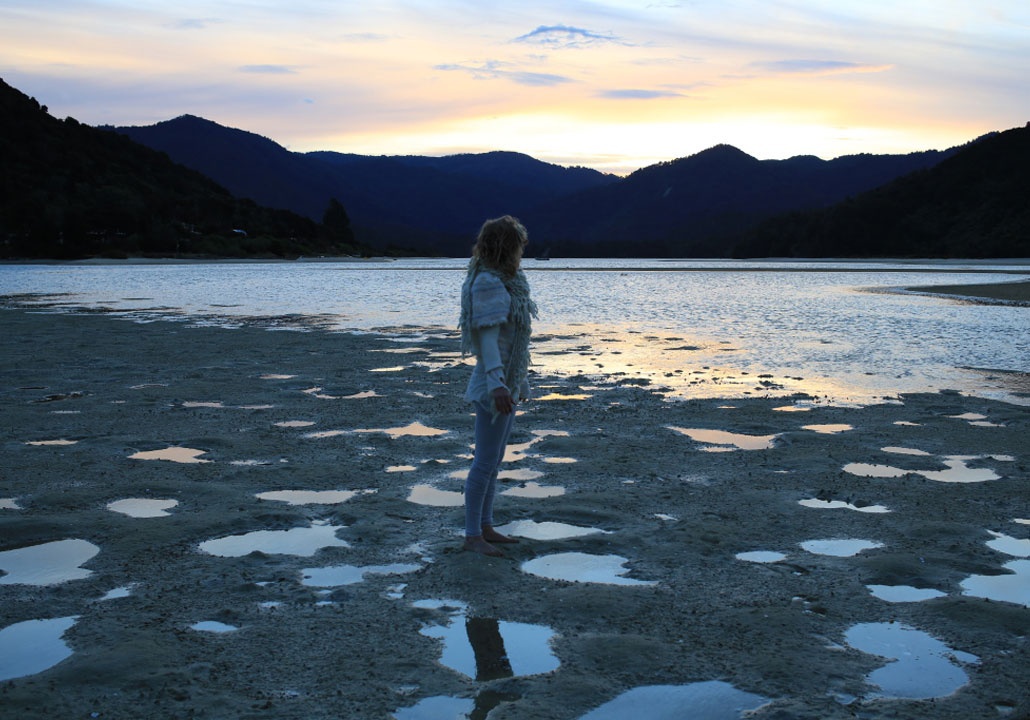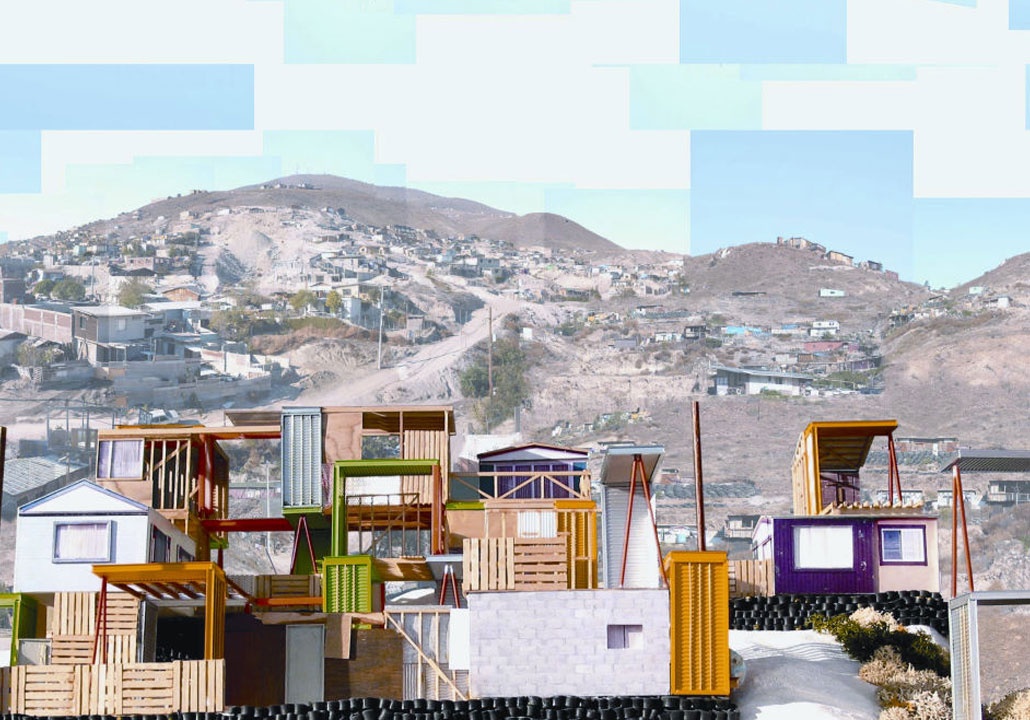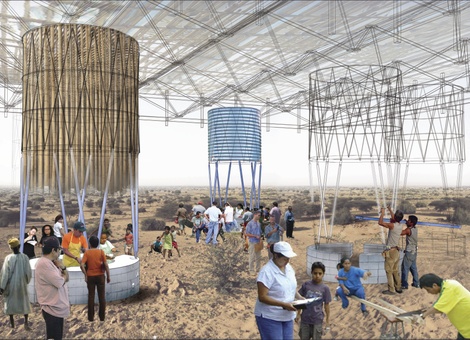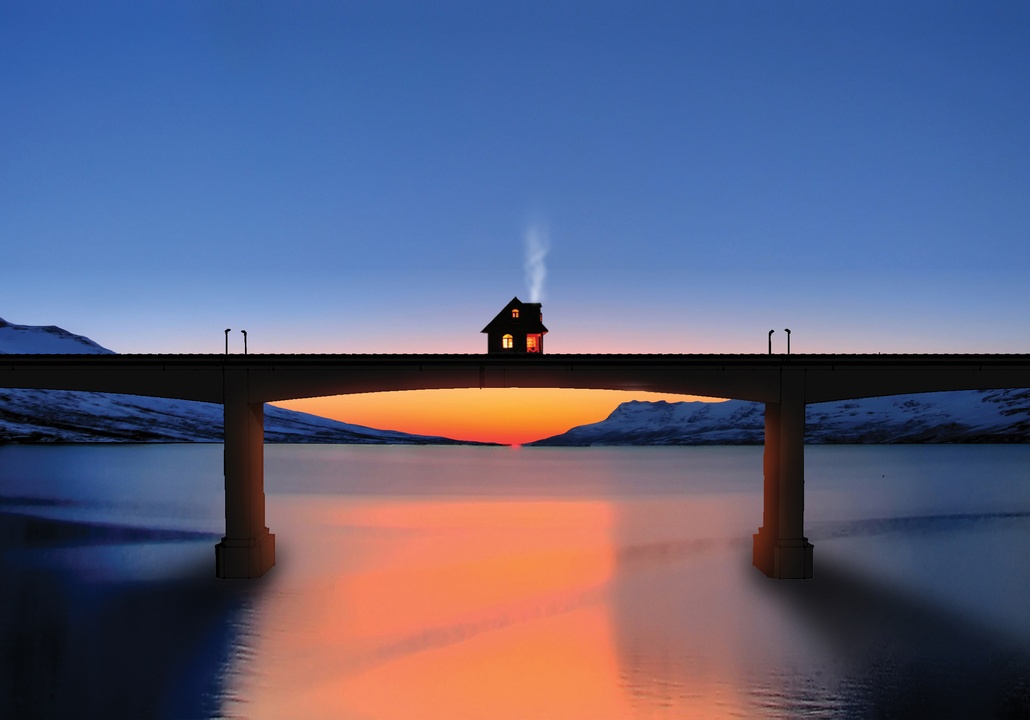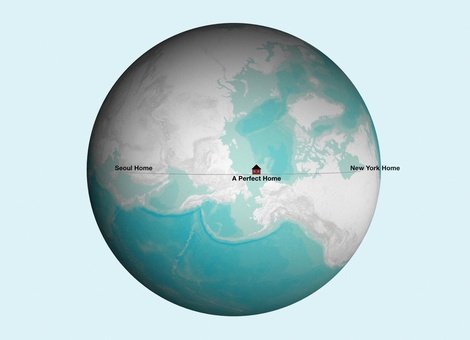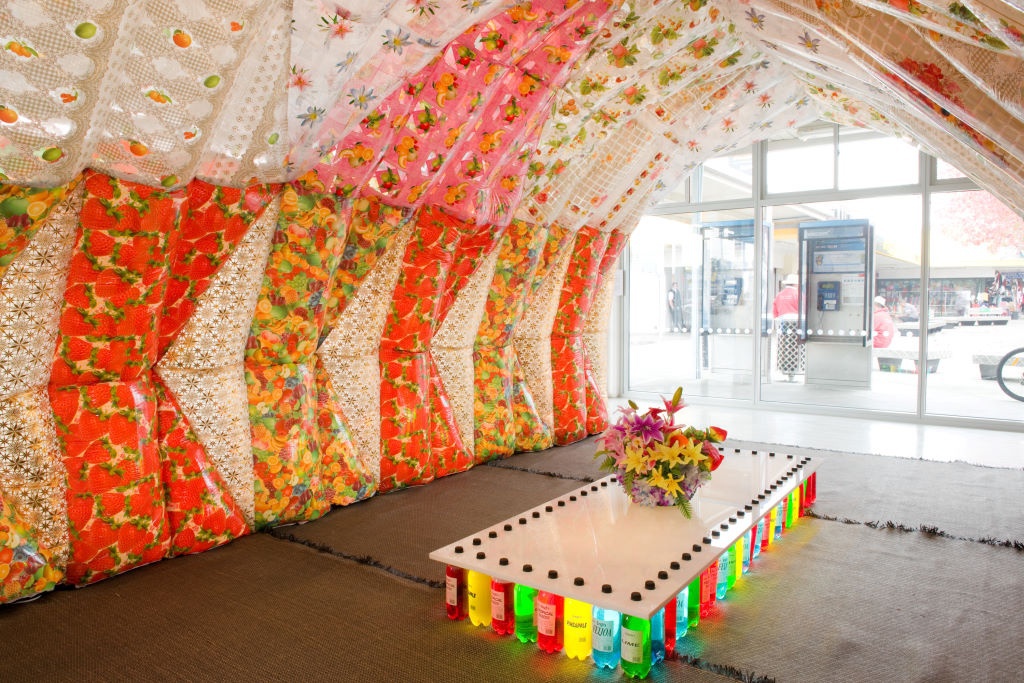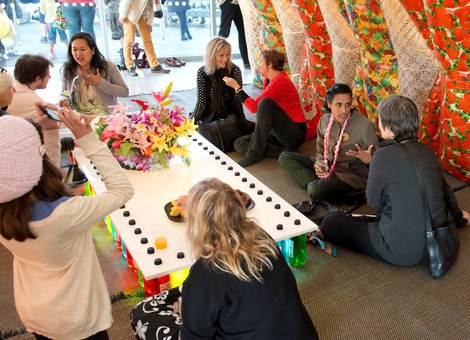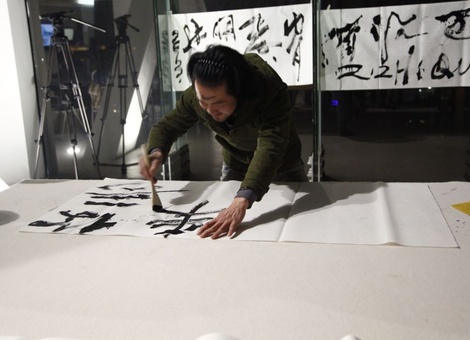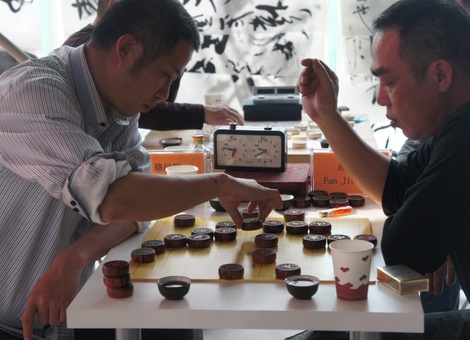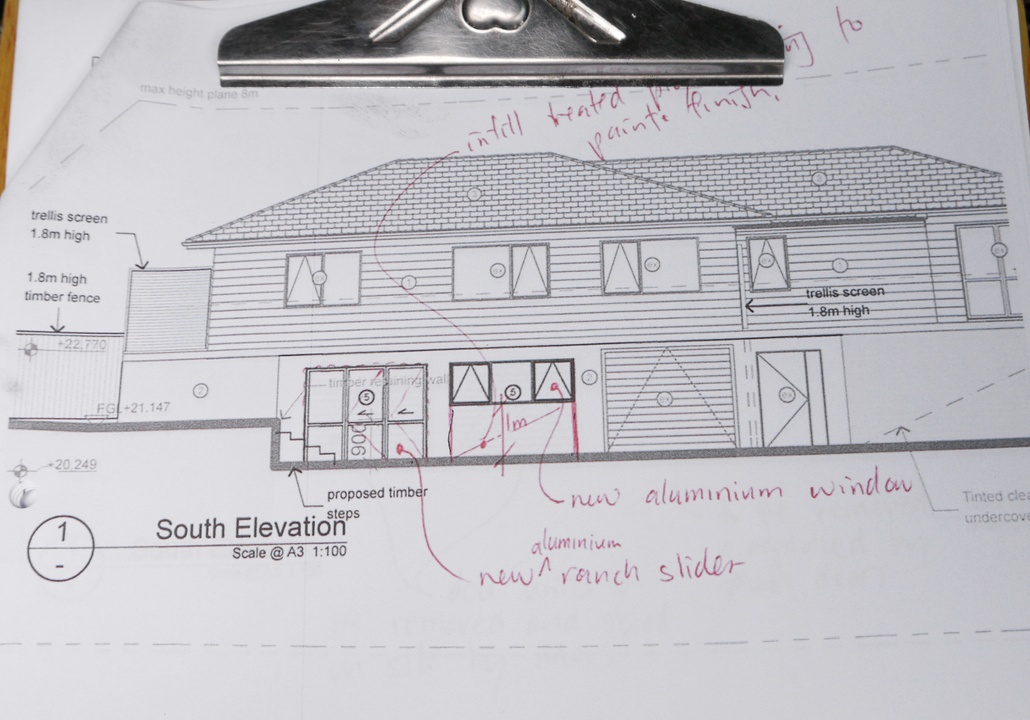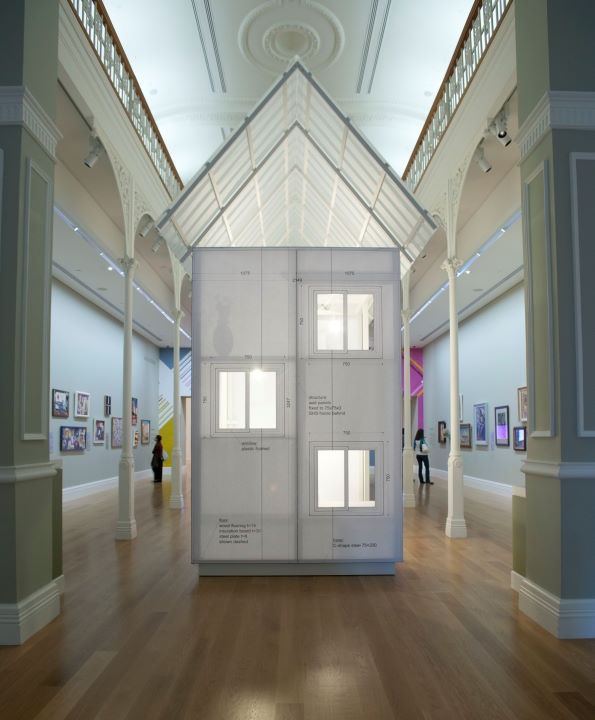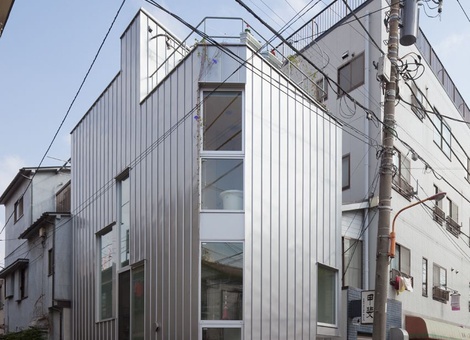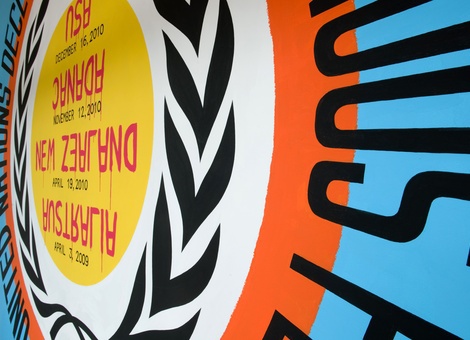Local Time
Venues
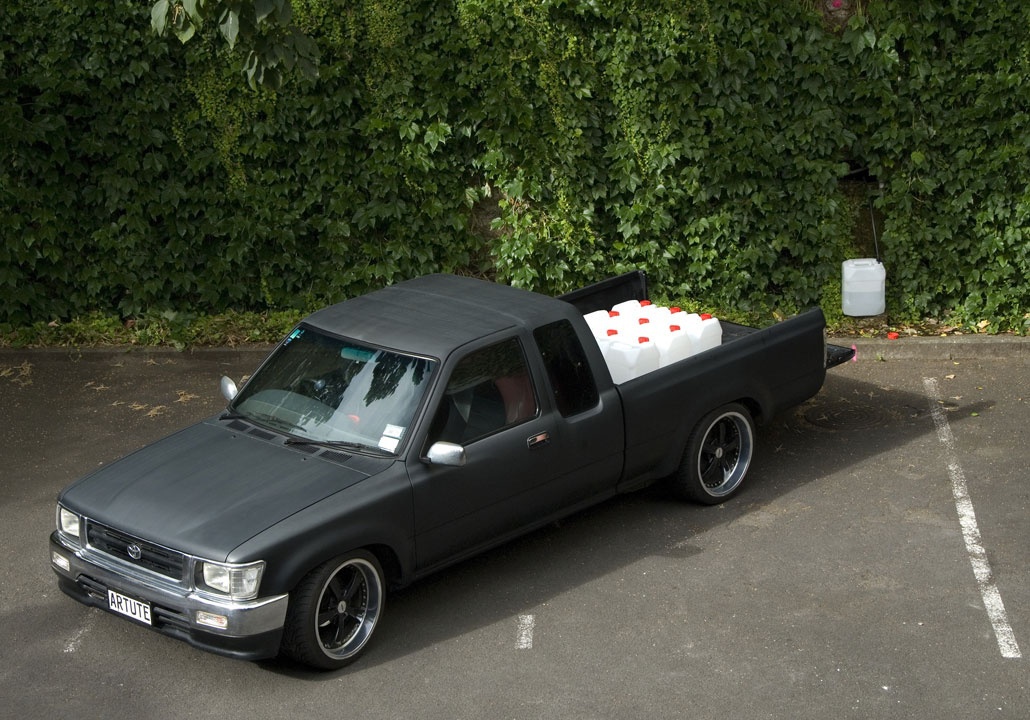
Water Collection from Waiariki
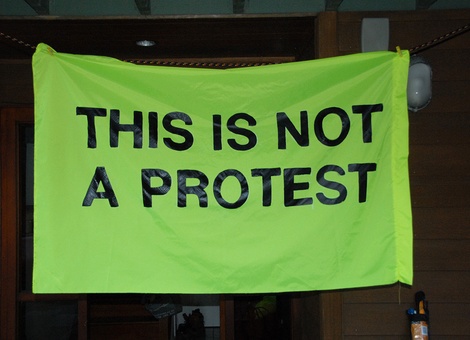
Water Action 500m Law - Waitemata - July 28 2013 - 1200 - 1600 (+1200)

Water Action 500m Law - Waitemata - July 28 2013 - 1200 - 1600 (+1200)
Local Time (formed 2007)
Danny Butt Born 1971, Newcastle, Australia
Lives and works in Melbourne, Australia and Auckland, New Zealand
Jon Bywater Born 1970, Ipswich, England
Lives and works in Auckland New Zealand
Alex Monteith Born 1977, Belfast, Northern Ireland
Lives and works in Auckland, New Zealand
Natalie Robertson Born 1962, Kawerau, New Zealand
Lives and works in Auckland, New Zealand
Local Time is an Auckland-based collective of artists, writers and teachers who have been working together since 2006. Their practice is varied, creating site-specific projects with an emphasis on local and indigenous knowledge and the investigation of naming and framing across multiple histories. Local Time’s multi-strand projects and events aim to integrate their academic and artistic backgrounds. Their research and interventions have often been staged in remote areas, addressing the complexities of living in a colonial nation.
Selected exhibitions:
Local Time: Sarai Reader 09, Devi Art Foundation, Delhi, 2013; Local Time – Horotiu, St Paul St, Auckland, 2012; Local Time: Waitangi Day, Parihaka/Taranaki, 2009.
‘... Local Time is committed in their efforts to articulate Māori people’s right to land and resources in the modern city.’
Hou Hanru, Curator, 5th Auckland Triennial
Waiariki
2013
Auckland Art GalleryThursday 9th May to Sunday 11th August
actions at multiple locations:
Artspace, George Fraser Gallery, Gus Fisher Gallery, St Paul St Gallery.
